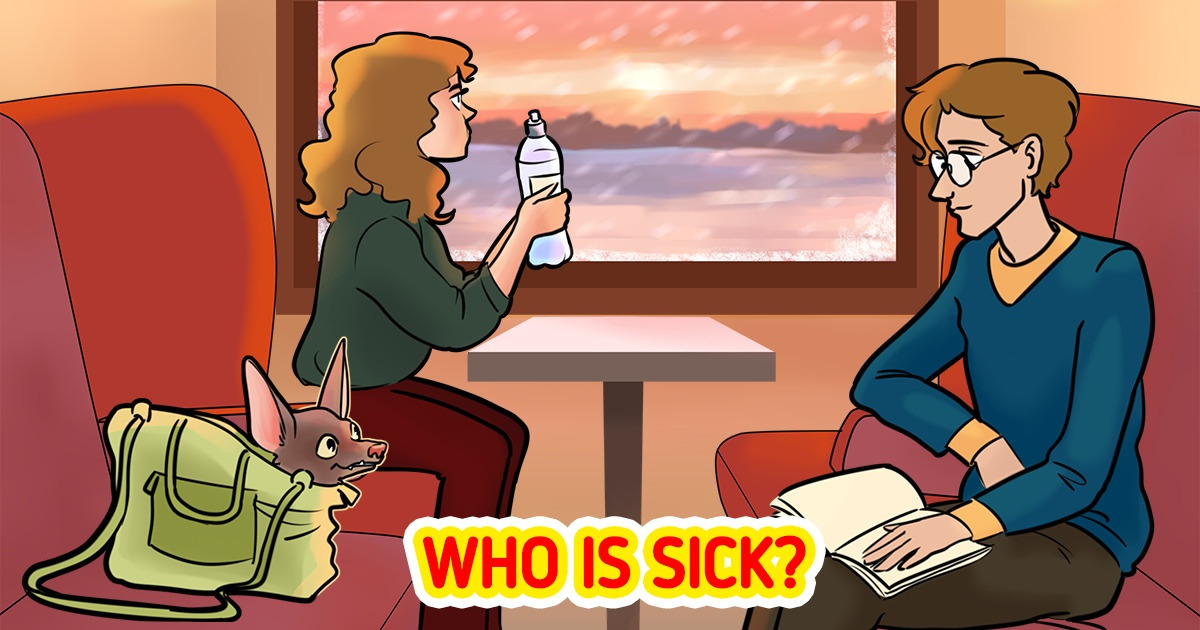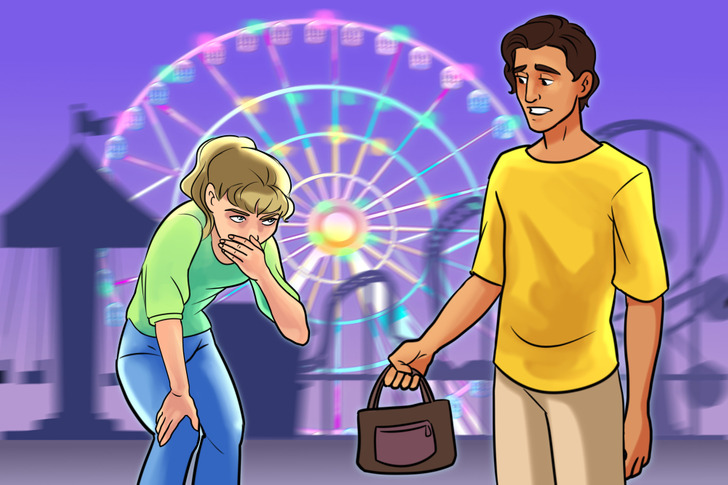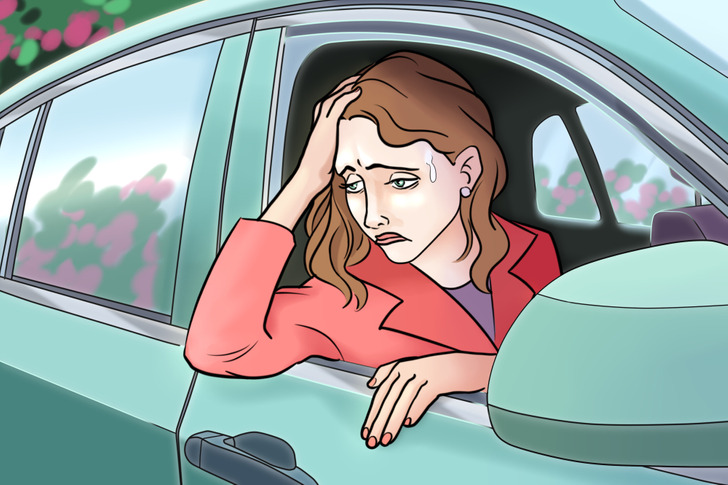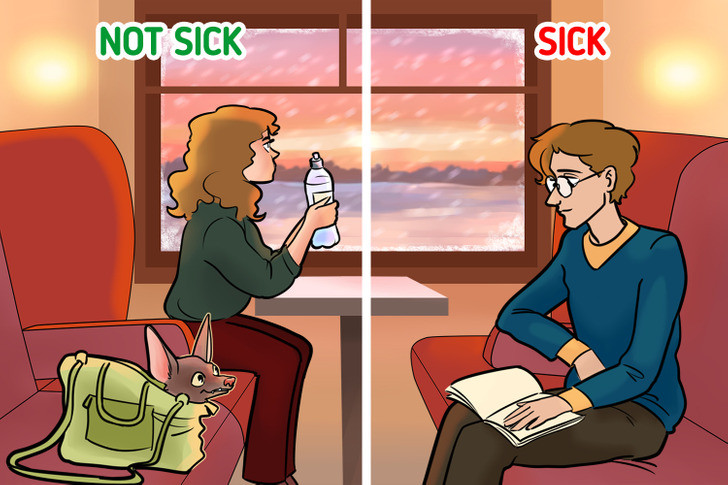Why We Get Motion Sickness

Many people are familiar with the feeling of motion sickness when they are in a car, on a boat, or while traveling. Even though it’s not dangerous for our health, it’s definitely not a pleasant sensation.
5-Minute Crafts explains what it is that makes us sick and how to fight it.
The reasons

Children under 12, pregnant women, and people suffering from migraines are prone to motion sickness. But more or less anyone can feel it.
Motion sickness appears due to a conflict between different senses. For example, you’re on a roller coaster going upside down. Your eyes see one thing, your muscles feel something else, your inner ear receives a third message, and the brain doesn’t know how to decode the mixed signals which then leads to the sickness.
Women have motion sickness more often than men because the hormone, estrogen, can contribute to that.
There are also some medications that might have motion sickness as their side effects. Different people have different reactions to medications.
Symptoms

How to fight

If you know you might get sick, you can do some things before a trip that might help you avoid it.
- Choose the best seat on your mode of transport: in a car — the front passenger seat, on a boat — in the center, on a plane — behind the wings, and on a train — facing the direction of travel.
- Make sure you have enough air, that you can roll down the window in a car, or that you can turn on the air conditioner.
- Don’t read during a trip, look at the horizon or objects that are far from you. Don’t eat any heavy foods before or during your trip and drink more water.